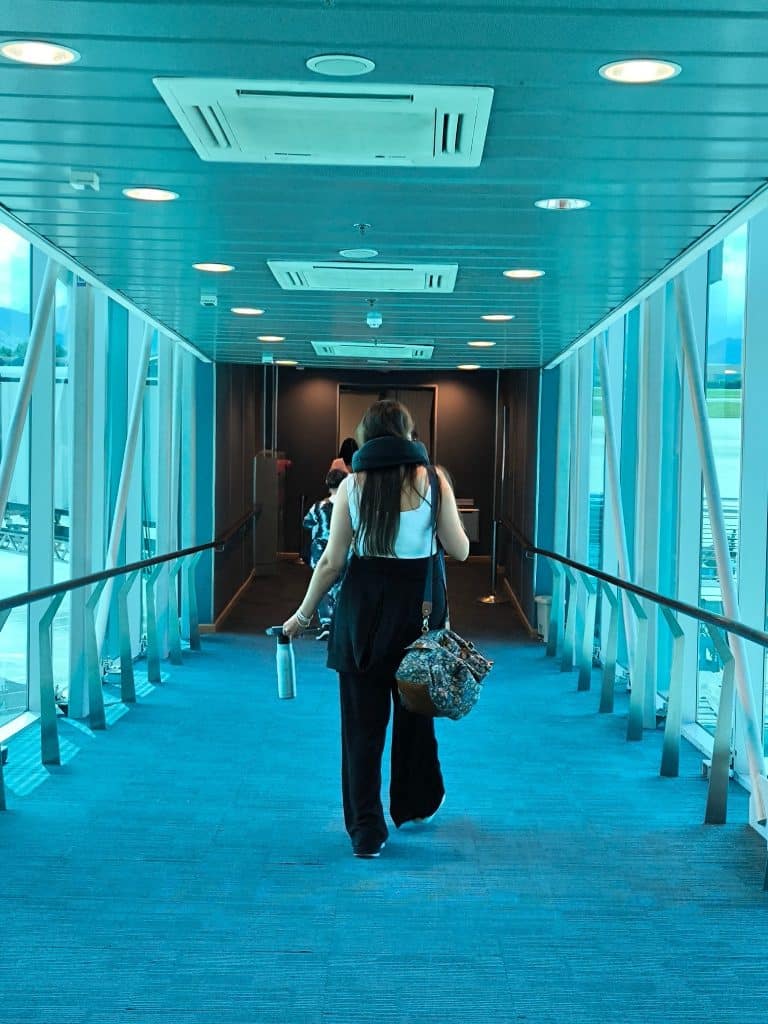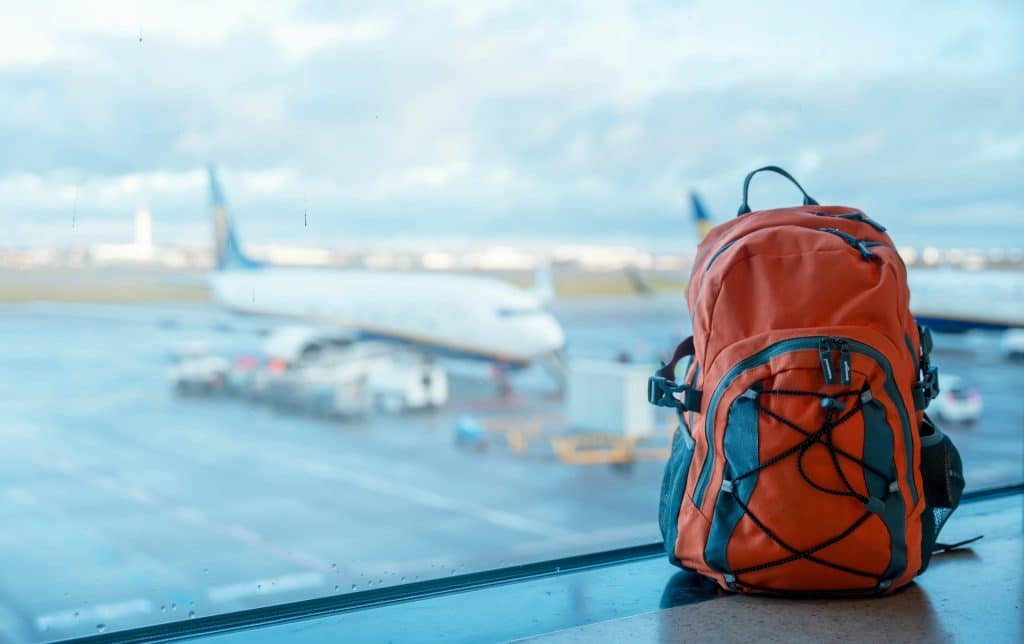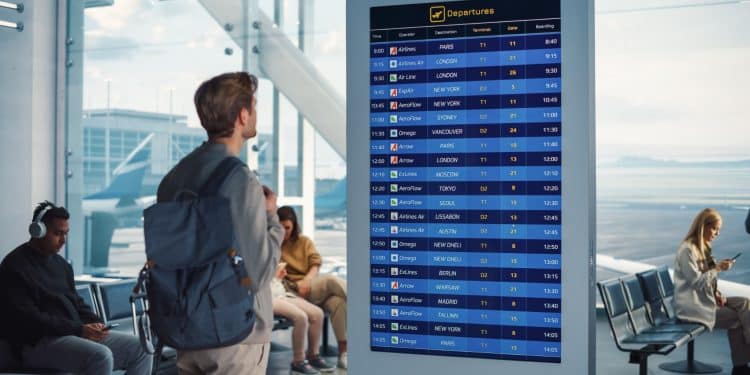Hidden city ticketing sounds like a secret doorway in the airfare maze. You buy a ticket to City B because it is cheaper than a ticket to City A, then you get off at the layover in City A and skip the final leg. Travelers whisper about hidden city ticketing because it can cut costs on routes that rarely go on sale.
Hidden city ticketing can also backfire if you do not know the rules. In this guide, you will learn where hidden city ticketing shines, where it fails, and how to protect yourself if you experiment. The practice has even drawn lawsuits and headlines from carriers like Lufthansa, so treat hidden city ticketing with care.
What is hidden city ticketing in plain words
Hidden city ticketing is paying for a one-way or round-trip ticket with a built-in connection, then leaving the airport at that connection instead of flying to the official destination. You never check a bag because the airline will send it to the final city. When used carefully, hidden city ticketing can unlock fares that are mysteriously lower than nonstop prices. Tools exist that surface these odd splits. One famous example is Skiplagged, which popularized the idea for everyday travelers and made hidden city ticketing part of mainstream travel talk.
Why hidden city ticketing exists at all
Airlines price seats by market, not just by distance. A short flight into a business hub might cost more than a longer itinerary that merely connects through it. Hidden city ticketing takes advantage of those mismatches. For example, a nonstop into a major hub like Chicago can be expensive on peak dates, while a through-ticket to a smaller city that connects in the hub can be cheaper. That is when hidden city ticketing becomes a tempting move for price-sensitive travelers who pack light and move fast.
The basic mechanics of hidden city ticketing
Hidden city ticketing works best one way. You book a ticket from Origin to Final Destination via your true target city, then you leave the airport during the layover. You do not board the last segment. Because hidden city ticketing breaks the sequence of flights, any later legs on the same ticket are automatically canceled. That is why round-trips tied to the same booking often fail. If you plan to return, you usually need a completely separate ticket. Hidden city ticketing is simplest when the layover airport is your real destination.
When hidden city ticketing typically works
Hidden city ticketing is most reliable when all of these are true:
- You only need a one-way into the hub you plan to exit.
- You are traveling with a backpack or personal item that fits under the seat.
- Your layover airport is your real destination and the connection is domestic.
- You have schedule flexibility in case a delay forces a reroute.
If you tick those boxes, hidden city ticketing can feel like a simple budget trick. It is still a risk, but hidden city ticketing often pays off when you keep luggage small and plans flexible.
When hidden city ticketing does not work well
Hidden city ticketing struggles on trips with checked bags, with families who need seat assignments together, or on international returns where immigration and re-check rules complicate the plan. Weather disruptions, missed connections, or voluntary rebooking can also break hidden city ticketing because the airline might reroute you around your target city. If your schedule is tight, hidden city ticketing may cost more in time than it saves in cash.
A quick ethics and policy note
Airlines publicly dislike hidden city ticketing. Contracts of carriage often say you should not skip segments on purpose. Some travelers feel fine using hidden city ticketing because they see it as buying a product and choosing how to use it. Others avoid it to steer clear of potential friction. If you want ways to save without risk, browse the budget playbook in On a Budget. Those ideas pair well with hidden city ticketing or replace it entirely.
The luggage rule that decides everything
Hidden city ticketing and checked bags do not mix. The bag will go to the final city on the ticket, not your layover. You could ask to short-check, but agents can decline. If a bag must be checked because your backpack is too big, hidden city ticketing falls apart. That is why most people who try hidden city ticketing carry a small backpack or ultralight roller that passes as a personal item and fits cleanly under the seat.
How to spot good hidden city ticketing opportunities
Hidden city ticketing opportunities cluster around business hubs and vacation choke points. Look for:
- Expensive nonstops into major hubs during events or Monday mornings.
- Lower fares to secondary cities that connect through those hubs.
- Seasonal price gaps where leisure routes press prices down.
When you see this pattern, hidden city ticketing might beat the nonstop by a big margin. For broader money-saving tactics that complement hidden city ticketing, scan practical plays in Travel Hacks.

Money math: when it actually saves you
Suppose your nonstop to City A costs 320 dollars. A through-ticket to City B that connects in City A costs 170 dollars. If you travel carry-on only, this strategy saves 150 dollars. If you must pay 35 dollars for a larger carry-on that still fits overhead, the net still beats the nonstop. If you risk rerouting or need to check a bag, the savings vanish. The more you value flexibility, the less attractive this move becomes for your trip.
Seat selection, status, and loyalty considerations
This approach often means Basic Economy. That can mean no advance seat selection, boarding late, and tighter change rules. If you chase elite status, miles may not credit the way you expect. Some flyers remove loyalty numbers on these tickets; others accept the tradeoff. If loyalty and upgrades matter this season, this tactic may not fit your strategy and a clean, changeable fare might be better.
One-way, round-trip, and returns
Because skipping a leg cancels the rest of the itinerary, this is primarily a one-way tool. If you need a round-trip, price two clean one-ways. Sometimes the outbound uses the tactic and the return is a normal nonstop; other times you reverse the logic. Keep tickets separate so the return is safe if you skip the outbound’s last leg. This method is not friendly to multi-city chains on the same record.
Destination planning around hubs
Hubs like Dallas, Atlanta, Denver, and Frankfurt concentrate connections. Hidden city ticketing sometimes makes it cheaper to reach those hubs than their satellite cities, which is the opposite of what you want. Flip the logic. If your dream is a weekend in the hub, try pricing tickets to nearby small cities that route through it. If you are chasing big views or festivals after hidden city ticketing gets you in, browse fresh ideas in Epic Destinations.
Common mistakes with hidden city ticketing
- Booking a return on the same reservation as the skip leg.
- Checking a bag or forgetting that a gate-checked roller might be tagged to the final city.
- Bragging at the gate about hidden city ticketing and inviting scrutiny.
- Using hidden city ticketing for international segments with tight immigration timing.
- Adding a frequent flyer number that makes any enforcement more personal.
Avoid these and hidden city ticketing stays a quiet, functional tactic.
Weather, misconnects, and same-day changes
Storm systems and crew timing can cause massive reroutes. If you need to be in the layover city no matter what, arrive early and look for flights that depart hourly to your target hub. If the carrier tries to reroute you around your intended stop, you can politely ask to stay on the original path because the timing works best. It is a request, not a right. Hidden city ticketing depends on the original connection holding.
Digital nomad angle
If you live out of a backpack, hidden city ticketing can be tempting between regional hubs. Nomads often have flexible dates and minimal luggage, which align with hidden city ticketing’s strengths. The risk is getting rerouted and losing time needed for coworking or client calls. If slow travel is your pace, the savings may be worth the risk. For remote-work-friendly bases and routing ideas that pair with or replace hidden city ticketing, check the Digital Nomad hub.

Alternatives to the Tactic
This isn’t the only way to pay less:
- Positioning flights: Use a cheap hop to a cheaper origin, then fly a normal ticket.
- Buses or trains: Replace a short-haul flight and save on a hotel night.
- Date shifts: Move one day earlier or later to break a fare fence.
- Nearby airports: Price competing airports within two hours by ground.
- Fare alerts: Track drops rather than forcing a workaround.
Myths, Cleared Up
- Myth: It always saves 50 percent.
Reality: Sometimes it saves a little, sometimes a lot, sometimes nothing. - Myth: You can check a bag and claim it mid-journey.
Reality: Bags go to the final city on the tag. - Myth: Gate agents always block it.
Reality: Most won’t notice—or won’t care—if you keep a low profile.
Knowing these limits keeps the tactic in its useful lane.
Safety, Visas, and Insurance
This approach can create odd paper trails. If you’re entering a country, make sure your connection point is where immigration is cleared and that you’re allowed to enter there. Some itineraries process immigration only at the final city. Also, many travel insurance policies require you to fly the ticket as written. If a claim depends on flown segments, this strategy can complicate things. When in doubt, skip it on trips where documents or coverage are critical.
Sample Use Cases Where It Helped (and Hurt)
- A traveler needed New York on a Monday morning. The nonstop was pricey. A ticket to a small New England city via New York was half the price. They carried a backpack and walked off in New York. It worked.
- Another traveler aimed for Los Angeles during a festival. A ticket to a desert city via LAX was cheaper, but a storm rerouted them around LAX. It failed; they paid a walk-up fare. Lesson learned.
Outcomes vary. This is a tactic, not a guarantee.
Quick Checklist Before You Try It
- Carry-on only, ideally a personal item.
- One-way ticket; separate bookings for returns.
- Connection point equals your true destination.
- Avoid adding a frequent-flyer number.
- Sit forward, deplane quickly, be discreet.
- Accept that plans can change and savings can evaporate.
If this list gives you pause, it may not fit your trip.

Research Routes Smarter
Start with a standard search for your route and dates. Then compare prices to smaller nearby cities that must connect through your target. Check flexible dates. Track patterns for two or three weeks. If a consistent gap appears, a trial might be worth it. Save screenshots so you can watch if fare fences shift and note when this strategy works best for your city pair.
These options are friendlier to luggage and loyalty than hidden city ticketing. For more smart savings beyond hidden city ticketing, start at the Viral Voyage homepage.



